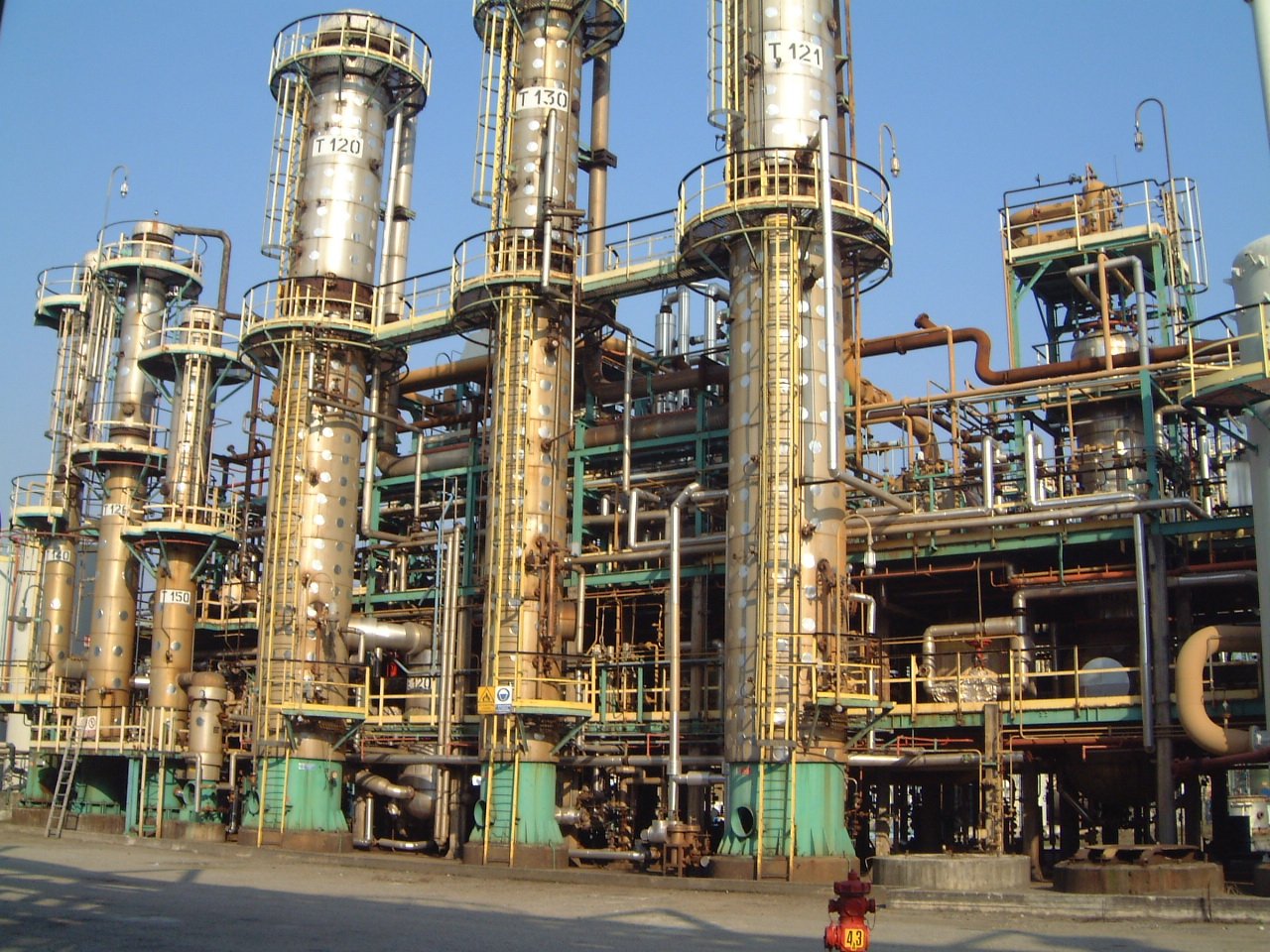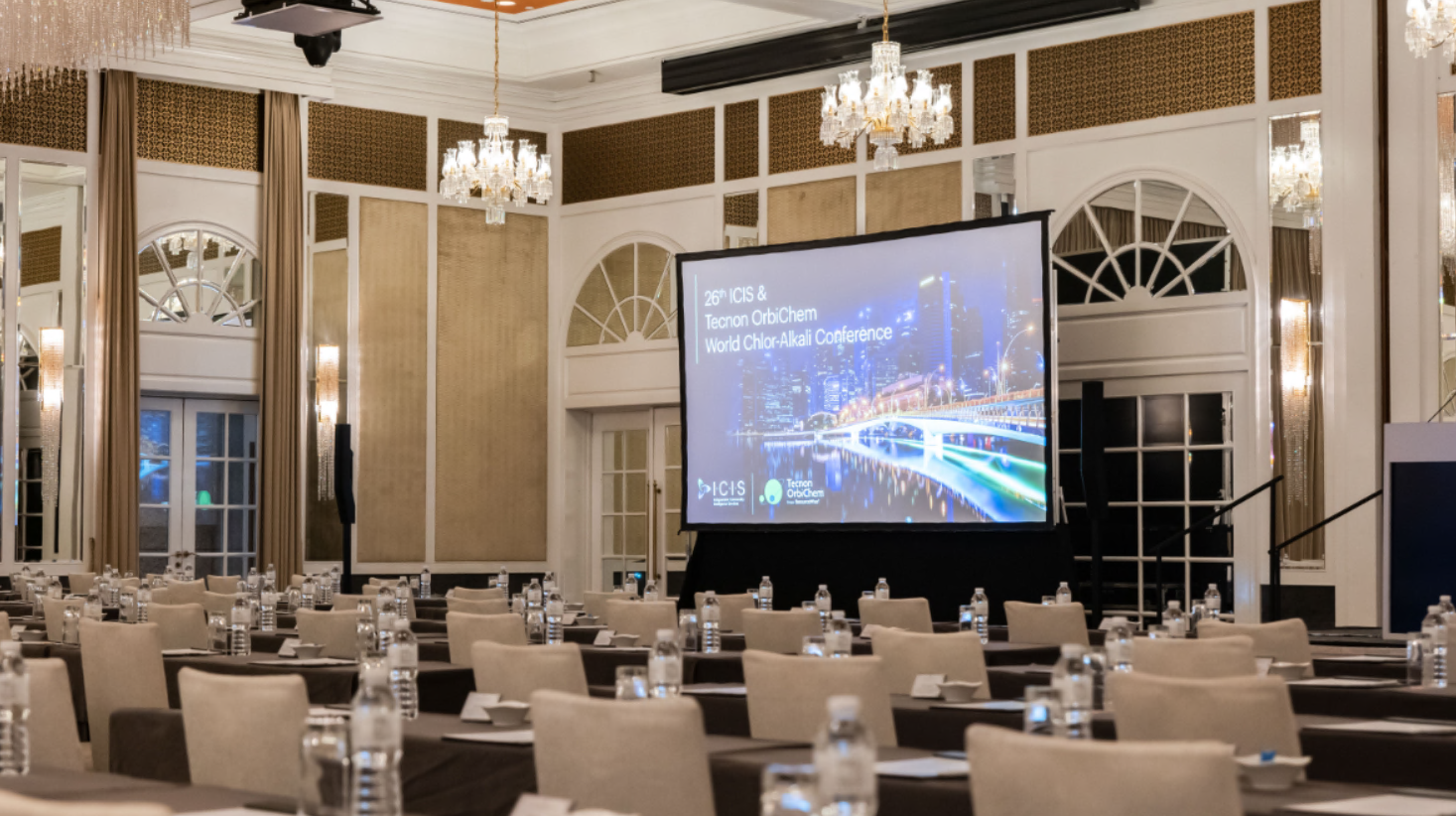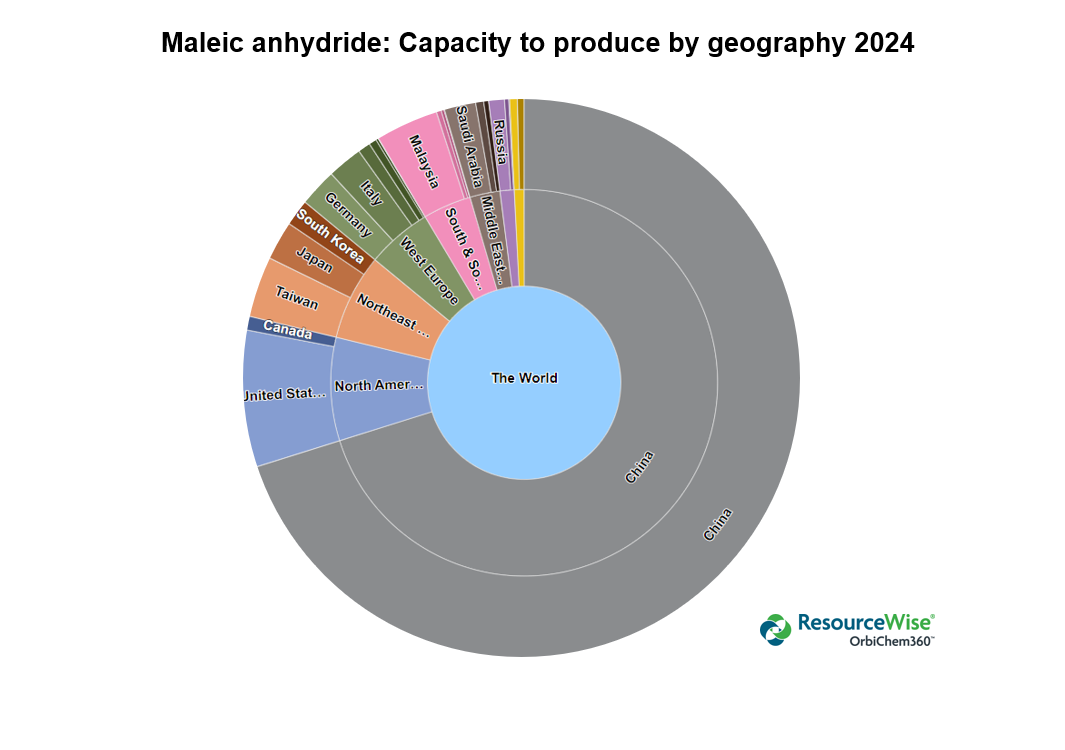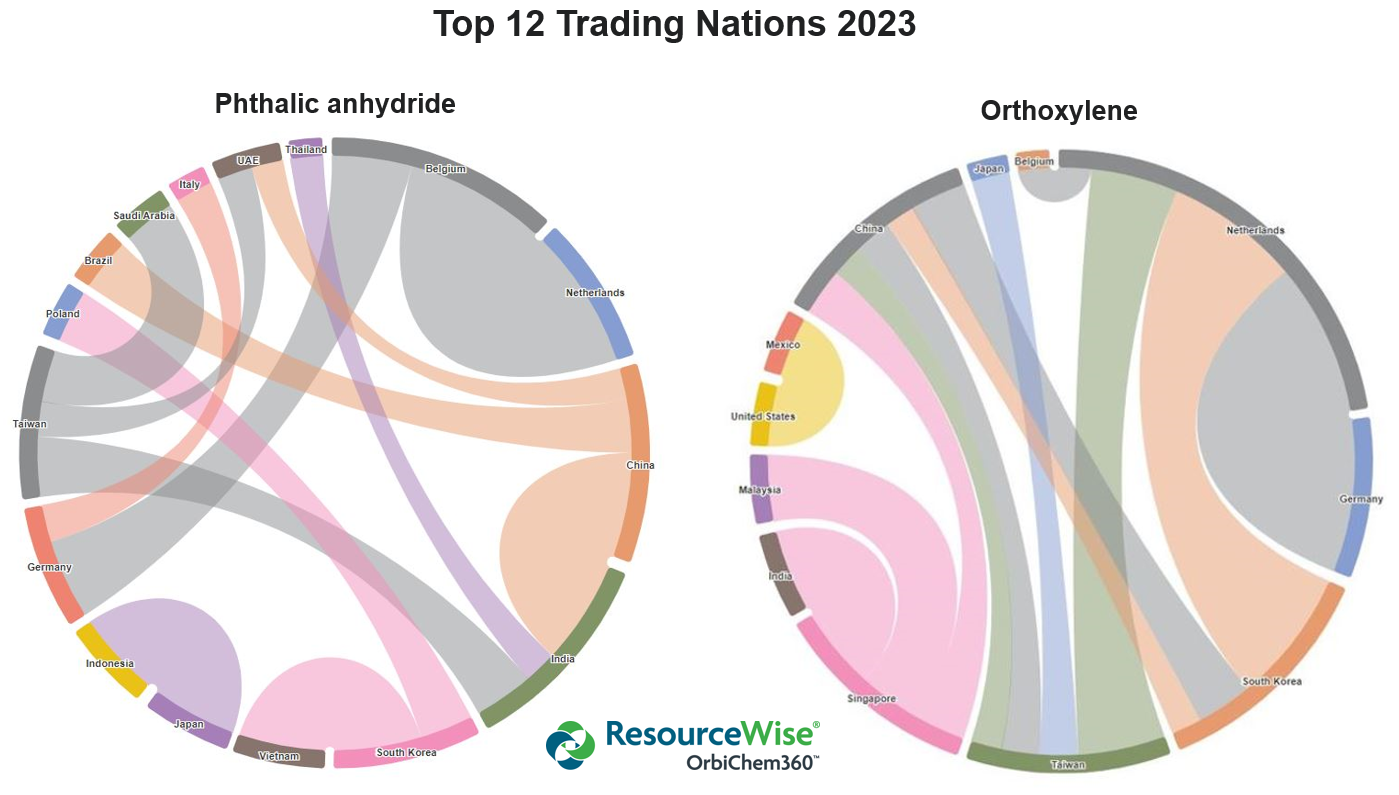Across all sectors of industry – but chemicals in particular – supply chain strategy evolved from ‘just-in-time’ to ‘just-in-case’ in the 2020s.
In a relatively short space of time, chemicals procurement progressed from ordering products and feedstock to meet customer demand to stockpiling surplus in case of a large, sudden increase in demand.
That progression typified industry response to several factors impacting value chain integrity in recent years. Negative factors range from the world’s first pandemic in almost a century to an unprecedented Suez Canal incident which prevented passage for 50-plus cargo ships daily. This highlighted logistics vulnerability on the one hand; and on the other hand, the world’s workshop – China – significantly reduced output as per governmental zero-Covid restrictions.
Then followed Russia’s (alleged) sabotage of Europe-bound gas output amid customers’ increasing dismay at the Ukraine invasion.
On both the supply and demand side of global chemicals trading, there has been much to contend with.
Adapting, shifting, evolving supply solutions
The issues began to sow seeds of strategy shifts away from China as a supply source. Concepts such as on-shoring and near-shoring were raised in boardrooms across the globe: bringing operations and supplies closer to home; dual and multiple sourcing tactics; and regionalised supply chains. That new thinking was fast reflected in financial markets with Chinese shares in Hong Kong and New York losing $21trn in a year. Investment groups grew wary of China’s increased regulation and slowing growth.
Many companies, however, have worked for decades to establish themselves in China and are still expanding, hoping the present slowdown is temporary. BASF has invested time and treasure in building its manufacturing base in China. Now, increasing costs of energy in Europe, and uncertainty on supply of natural gas from Russia, are making BASF consider expanding involvement in China. BASF is investing $10bn in Zhangjiang in southern China and has no alternative to expansion in China – the world’s largest chemical market – if it wants to remain the world's No.1 chemical company.
But still, a live audience at the 2022 World Economic Forum Annual Meeting in Davos, Switzerland – entitled History at a Turning Point: Government Policies and Business Strategies – indicated overwhelmingly that globalisation was retreating, not advancing.
Potent economic headwinds
Then energy issues hit the headlines hard. Since then, chemical industry conversations – as in the wider economic arena – are increasingly focused on natural gas price hikes, the Russo-Ukraine war impacts, the Chinese economy’s sustained down-trending, and how to survive in markets flooded with Asian and Chinese imports. Whilst global buyers and traders perhaps envisioned a new trading table as China Plus One, circumstance suddenly made the country’s cheap surpluses irresistible again.
Procurement leaders and purchasers are asking, ‘how will Opec+ oil production cuts play out?’ and ‘how deep might a global recession penetrate?’ They want to hear that plants key to their chemical value chains can continue to run. But already, closures have been announced by Italian-headquartered Polynt, force majeure cover is set for Germany-headquartered Covestro’s chlorine, caustic soda and hydrochloric output and there are production halts at Polish producer Grupa Azoty’s caprolactam and Nylon 6 plants.
Even before Q4, the German Chemical Industry Association said more than one in three North Rhine-Westphalia-located producers had cut back production, with 13% offshoring operations. Over half of the companies surveyed had reduced planned investments for the coming year.
Largely, industry contacts say that a chemical supply buyer’s market exists today – with epoxy resin purchasers claiming discounts of up to 10% for October – and discounts available elsewhere in the chemicals value chain. But nuance around exactly who is setting the market becomes immaterial if plants shut – or scale down – as energy costs make operation economically unviable.
Shipping cost reductions from 2021's $15,000 highs
– to $7,402 per 40ft container from China to Europe (avg) –
boosts the attractiveness of Asian imports
Foreign goods flooding European markets
Meanwhile, a fall in the cost of shipping from last year’s highs of $15,000 per container has boosted the attractiveness of Asian imports. This year’s average freight cost for a 40ft container from China to Europe is $7,402 according to maritime and shipping industry consultancy Drewry. While still double the five-year average, the reduction could be just enough to render the country’s chemicals cost effective to European buyers. And since the port issues which triggered gridlock at Hamburg – and problems at other European ports – appear to have eased as October progressed, another significant obstacle to an import strategy has been removed too.
Not only did Europe’s energy crisis create opportunity for Chinese and Northeast Asian sellers to undercut European domestic suppliers, the Russo-Ukraine war disrupted many markets, including PVC and unsaturated polyester resin (UPR).
With Russian-origin raw material subject to European sanctions, Tecnon OrbiChem consultants reported whispers of cheaper materials and end products reaching Europe via Turkey. With Russian-origin PVC helping to meet Turkey's domestic needs, competitively priced Turkish-made PVC was being exported to Europe. Similarly, raw material for UPR production was coming from Russia to Turkey before sale to European buyers in the form of end product.
Security of supply issues
The issue of security of supply has also not gone away. Many buyers are exploring new relationships with US producers for 2023. Supply from here has its attractions – it’s assessed to be more reliable than Asia, which has a tendency to disappear whenever demand in China picks up, and to be not as expensive as European produced material. But discussions here too have quickly dried up as volume commitments remain ever elusive.
All markets agree there is one known unknown – demand for 2023 remains unclear. Buyers face the following conundrum: Pay almost double for secure domestic supply; or increase their exposure to a cheap Asian spot market and risk being subjected to violent swings in supply and pricing next year.
Buyers have already been warned that if they turn their backs on their domestic suppliers, they will be heavily penalised if they come back looking for help during a future supply crunch – a real possibility as run rates continue to be lowered. Suppliers and buyers may have to come to an agreement that will allow a greater degree of flexibility, but this will be limited as plant production cannot quickly adapt to market peaks and troughs.







